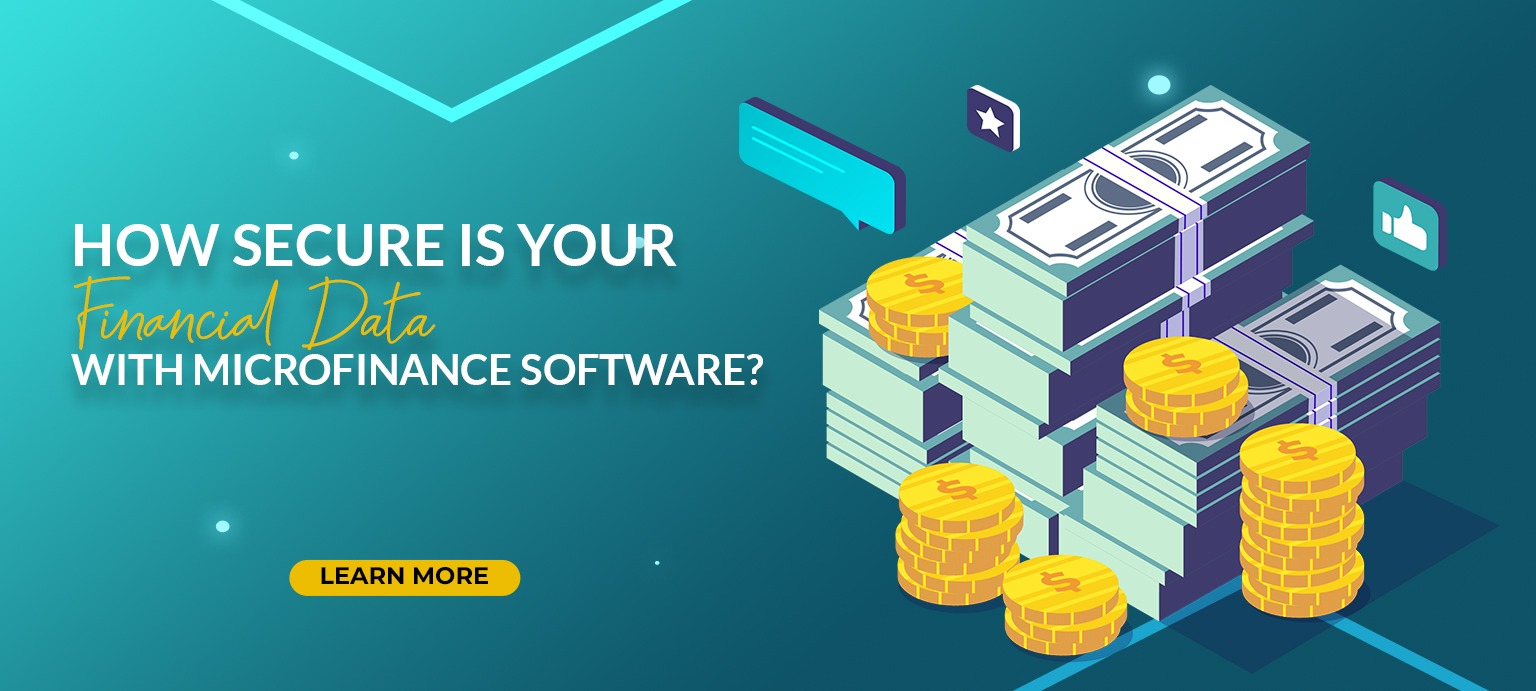In today’s digital age, keeping financial data safe is more important than ever. For businesses in microfinance, protecting customer details and financial records is key. As more companies use microfinance software to improve their work, one big question is: How secure is your financial data with this software?
Let’s see how modern microfinance software keeps your data safe
- Managing Access by User Roles
Microfinance software comes with role-based access control features, meaning not everyone in your company can access sensitive data. Each user is assigned specific roles and permissions, which ensure that only authorized staff members can view, edit, or manage certain data sets. This reduces the risk of internal security.
2. Regular Backups to Prevent Data Loss
Imagine losing all your business data in a system crash or due to a cyber-attack! Microfinance software is designed to back up your financial information regularly. These backups are stored securely, often on cloud-based servers. If anything goes wrong, you can quickly restore your data without any losses, keeping your business running smoothly.
3. Regular Software Updates
Security threats evolve, and so do the solutions. Microfinance software providers regularly release updates and patches to address any new vulnerabilities. By keeping your software updated, you’re ensuring that your system is equipped with the latest security features. This minimizes the risk of your data being exposed to cybercriminals.
4. Secure Cloud Storage
Many microfinance software platforms offer cloud-based storage for your data. This not only makes your information easily accessible but also adds an extra layer of security. Cloud servers are usually maintained by professional security teams that constantly monitor for threats. Cloud storage also ensures your data is stored off-site, reducing the risk of physical damage or theft.
5. Two-Factor Authentication (2FA)
Another great feature in modern microfinance software is two-factor authentication (2FA). With 2FA, users must provide two forms of verification to access the system – usually a password and a code sent to their phone. This additional layer of security ensures that even if someone gets hold of your password, they can’t log in without the second verification step.
6. Audit Trails for Monitoring
Microfinance software often includes audit trails that track all activities within the system. This means you can see who accessed or modified any data, and when they did it. Audit trails are useful for monitoring potential security breaches and ensuring accountability within your organization.
7. Compliance with Data Protection Laws
Finally, microfinance software providers comply with data protection laws such as the General Data Protection Regulation (GDPR). These laws ensure that customer data is handled responsibly and securely. By using compliant software, you can rest assured that your financial data is protected under legal standards.
8. Data Encryption for Protection
One of the key security features in microfinance software is data encryption. Any information entered into the system, such as customer details or loan records, is converted into a secure code. Only authorized users can decode and access the information. Encryption makes it nearly impossible for hackers to steal or misuse the data.
Conclusion
When you select the right microfinance software, it protects your financial data through encryption, regular backups, secure cloud storage, and access control features. With these advanced security measures in place, you can confidently manage your business knowing that your data is safe from potential threats.
Looking for a flexible and easy-to-use microfinance loan software? Then, transform your microfinance business with Genius Technology. Get in touch with us today. Call us at +91-83360 88541 / 83369 55656 or visit our website www.geniustechnoindia.com/microfinance-software


